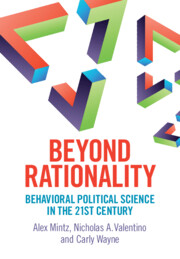This article offers a description and discussion of “shadowing” as a data collection and analytic tool, highlighting potential research opportunities related to the direct observation of individuals—principally political elites—in their normal daily routine for an extended period of time, often between one day and one week. In contrast with large-scale data collection methods, including surveys, shadowing enables researchers to develop detailed observations of political behavior that are not limited by the availability of administrative data or the constraints of a questionnaire or an interview guide. Unlike more in-depth qualitative methods, such as ethnography, shadowing is scalable in a manner that allows for larger sample sizes and the potential for medium-N inference. I provide a detailed account of how to design and conduct a shadowing study, including sampling strategies, techniques for coding shadowing data, and processes for drawing inferences about the behavior of shadowed subjects, drawing on examples from a completed shadowing-based study. I also discuss ways to mitigate selection and observer biases, presenting results that suggest these can be no more pronounced when shadowing political elites than in other forms of observational research.


